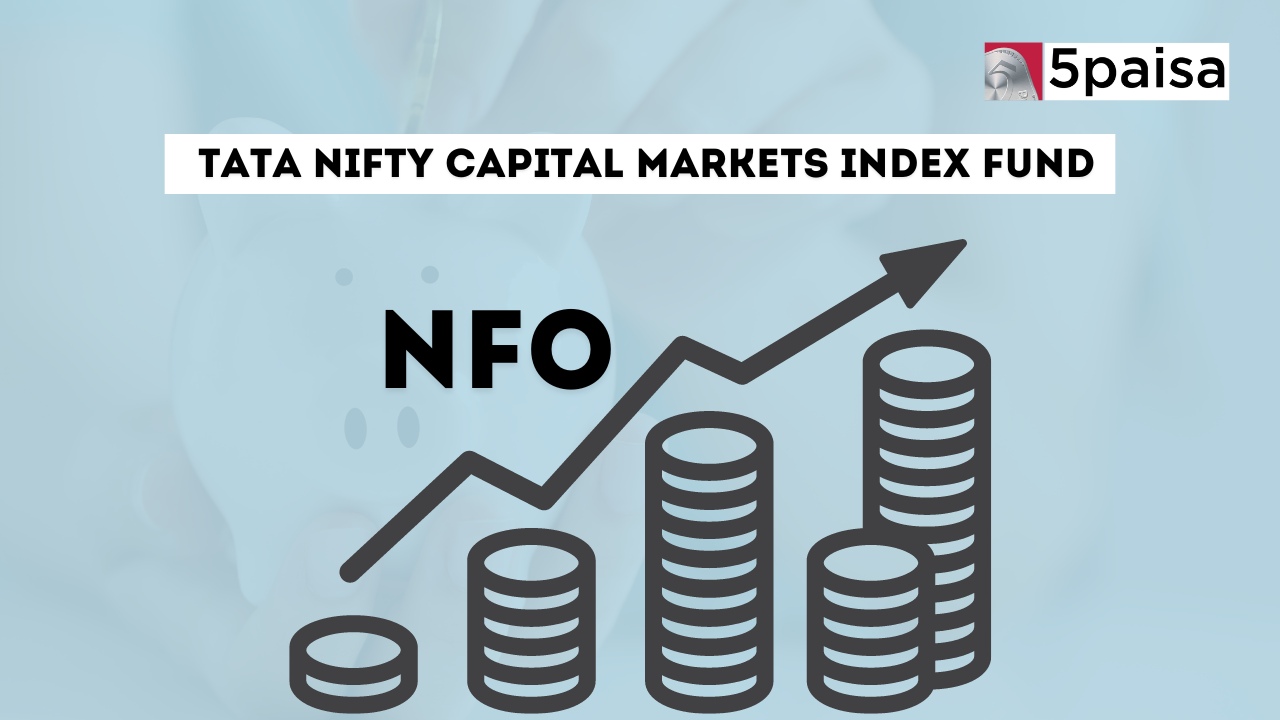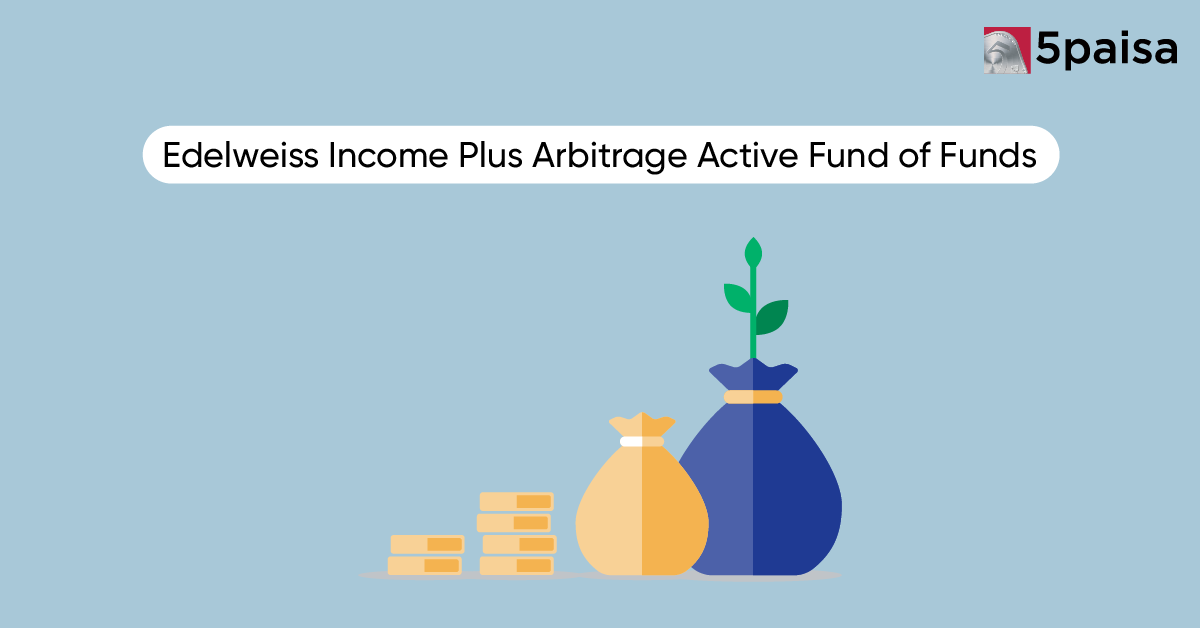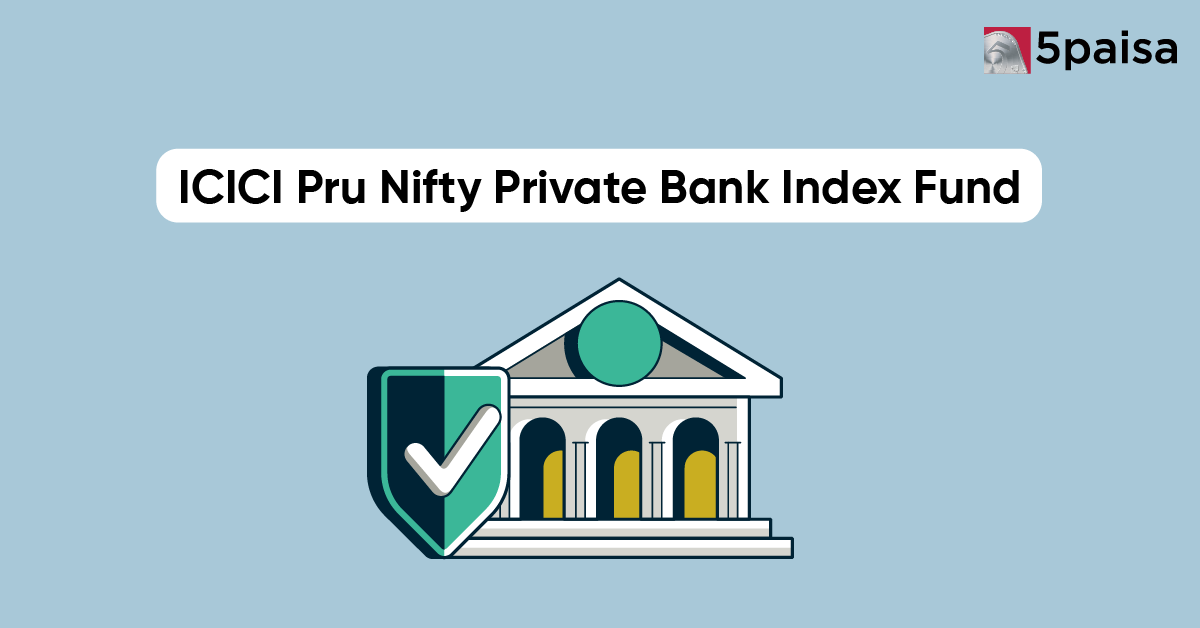Edelweiss Income Plus Arbitrage Active FOF: Smart Hybrid Approach for Balanced Returns
Tata Nifty Capital Markets Index Fund-Dir (G): NFO Details

Tata Nifty Capital Mkts Index Fund is an open-ended scheme replicating / tracking Nifty Capital Markets Index (TRI). Subscriptions for the scheme's new fund offer, or NFO, are now being accepted closure October 21.
The Nifty Capital Markets Index will serve as the scheme's benchmark (TRI). Kapil Menon will oversee the initiative. The minimum investment amount is ₹5,000, with subsequent multiples of ₹1. Following that, subsequent purchases will be made in multiples of ₹1 with a minimum of ₹1,000. A minimum redemption of ₹500, 50 units, or the balance on the folio, whichever is less, would be required. 95–100% of the scheme's assets will be in securities that are part of the Nifty Capital Markets Index, and 0-5% will be in debt or money market instruments, such as mutual fund units.
Details of the NFO: Tata Nifty Capital Markets Index Fund - Direct (G)
| NFO Details | Description |
| Fund Name | Tata Nifty Capital Markets Index Fund - Direct (G) |
| Fund Type | Open Ended |
| Category | Other Scheme - Index Funds |
| NFO Open Date | 07-October-2024 |
| NFO End Date | 21-October-2024 |
| Minimum Investment Amt | ₹5,000 |
| Entry Load | Not Applicable |
| Exit Load | 0.25% of the applicable NAV, if redeemed on or before 15 days from the date of allotment. |
| Fund Manager | Kapil Menon |
| Benchmark | Nifty Capital Markets Index (TRI) |
iJoin the Club of Lakhs of Tech-Savvy Investors!
Tata Nifty Capital Markets’ Investment Objective and Strategy
Objective:
The investment objective of the scheme is to provide returns, before expenses, that commensurate with the performance of Nifty Capital Markets Index (TRI), subject to tracking error.
However, there is no assurance or guarantee that the investment objective of the scheme will be achieved.
Investment Strategy:
The investment strategy of the Tata Nifty Capital Markets Index Fund – Direct (G) revolves around targeting in line with the investment allocation pattern of the scheme, the scheme will invest in:
i) Equity and equity related instruments and/ or equity derivatives.
ii) Debt and money market instruments.
iii) Units of Domestic Mutual Funds
Why Invest in Tata Nifty Capital Markets Index Fund - Direct (G)?
Investing in the Tata Nifty Capital Markets Index Fund provides a cost-effective, passively managed approach to accessing a diversified portfolio of companies in India's capital markets sector. The fund tracks the Nifty Capital Markets Index closely, making it ideal for long-term investors seeking exposure to this sector with minimal management fees. The fund also minimizes tracking errors through efficient portfolio rebalancing and derivative usage.
Here are the key Elements of its Strategy:
• The Fund is a passively managed Index fund which will employ an investment approach designed to replicate / track the performance of the Nifty Capital Markets Index (TRI). The Scheme seeks to achieve this goal by investing in securities constituting the Index in same proportion as in the Index.
• The Scheme will invest at least 95% of its total assets in the securities comprising the Underlying Index. The Scheme may also invest in debt / money market instruments including units of Mutual Funds to meet the liquidity and expense requirements.
• The fund is ideal for those investors who would like to invest in passively managed fund investing in a portfolio of companies forming part of the Nifty Capital Markets Index.
The Scheme will Endeavour to Minimize the Tracking Errors by:
• Rebalancing of the portfolio.
• Setting off incremental subscriptions against redemptions.
• Use of derivatives for portfolio rebalancing and efficient portfolio management
• Fast track in expediting in deployment of Cash
• Maintaining low levels of Cash
The AMC would monitor the tracking error of the Scheme on an ongoing basis and would seek to minimize tracking error to the maximum extent possible. The tracking error based on past one year rolling data shall not exceed 2%.
However, in case of events like, dividend issuance by constituent members, rights issuance by constituent members, and market volatility during rebalancing of the portfolio following the rebalancing of the Underlying Basket, etc. or in abnormal market circumstances, which are beyond the control of the AMCs, the tracking error may exceed 2% and the same shall be brought to the notice of Trustees.
However, the Fund will endeavor to limit the tracking error within 2% limits. The Fund in existence for a period of less than one year, the annualized standard deviation will be calculated based on available data.
Why Invest in Tata Nifty Capital Markets Index Fund – Direct (G)?
Investing in this newly offered fund provides appealing opportunity for those who are interested in passively managed, diversified investment approach. Fund aims to replicate Nifty Capital Markets Index (TRI), offering direct avenue to access portfolio of prominent companies across capital markets sector in India. By mirroring index’s composition, this fund provides exposure to array of equities & equity derivatives while maintaining low management expense ratio compared to actively managed funds, which can make it cost-effective choice for investors.
One of significant benefits of this fund is its commitment to maintain 95% or more of its total assets in underlying index, ensuring that returns closely track those of benchmark. This fund is ideal for investors seeking long-term growth with reduced volatility because it invests in mix of equity, debt, & money market instruments, promoting balance of risk & return.
The fund manager has established strategies to minimize tracking errors, such as timely rebalancing of portfolio, efficient use of derivatives for portfolio adjustments, & emphasis on maintaining low levels of cash. This reduces tracking difference & helps fund stay aligned with index's returns. Additionally, scheme allows for exposure to derivatives as cost-effective measure for short-term rebalancing, especially during times when index components are unavailable or corporate actions occur.
Investing in this fund is beneficial for those looking for long-term investment option with consistent returns aligned to Nifty Capital Markets Index, coupled with passive investment strategy that keeps expenses low.
What are the Scheme Specific Risk Factors?
The specific risk factors related to the Scheme include, but are not limited to the following:
The Scheme, being a passively managed will invest atleast 95% of its net assets in Equity and Equity related instruments comprising of the Underlying Index. The Index is designed to reflect the behavior and performance of the companies that forms part of basic Industries – Stock broking & Allied, Mutual Fund Scheme, Asset Management Company, Financial Products Distributor, Exchange and Data Platform, Depositories, Clearing Houses and Other Intermediaries, Ratings, Other Capital Market Related Services & any other basic industries as specified from time to time. Given that the Scheme seeks to invest in equity / equity related instruments of the Companies belonging to this sector / theme / industry and hence the concentration is likely to be high in companies belonging to the that sector / theme / industry. Owing to the high concentration risk for sectorial / thematic schemes, the risk of capital loss is highest.
There is an element of unpredictable market cycles that could run for extended periods. Loss of value due to obsolescence, or regulatory changes coupled with structural rigidity of the scheme can lead to permanent loss of capital.
Further, the volatility and / or adverse performance of the said industry and/or of the scrips belonging to this industry would have a material adverse bearing on the performance of the Scheme. The weightage of each stock is capped at the time of rebalancing of index, which may help in limiting concentration risk.
In addition, the scheme may be subject to following sector / theme / industry specific risks including but not limited to:
1. The performance of the sector / theme has a direct correlation to the performance of the economy. The sector / theme is vulnerable to adverse impacts on domestic as well as the global economy. Events such as recession, war, monsoon, political upturn, etc. may adversely affect the sector / theme.
2. Changes in Government / Reserve Bank of India policy / Regulation / Reforms etc. affecting capital market sector / theme may have a significant bearing on performance of the sector / theme.
What are Risk Mitigation Strategies?
Risk mitigation measures for portfolio volatility and portfolio concentration:
Tata Nifty Capital Markets Index Fund is an index fund where there will be concentration of securities which are part of Nifty Capital Markets Index.
The scheme is subject to the risks associated with such securities forming part of this index. Index Fund being a passive investment and portfolio follows the index and therefore the level of stock concentration in the portfolio and its volatility would be the same as that of the index, subject to tracking error. Thus, there is no additional element of volatility or stock concentration on account of fund manager decisions. The Risk Mitigation strategy revolves around minimizing the Tracking error to the least possible through regular rebalancing of the portfolio, considering the change in weights of stocks in the Underlying Index as well as the incremental collections into / redemptions from the Scheme.
Investors should weigh these risks against their financial goals, risk tolerance, and investment horizon before deciding to invest in the Tata Nifty Capital Markets Index Fund – Direct (G). It is important to ensure that the fund aligns with an individual’s broader investment strategy and risk appetite.
- Flat ₹20 Brokerage
- Next-gen Trading
- Advanced Charting
- Actionable Ideas
Trending on 5paisa
03
 5paisa Research Team
5paisa Research Team
Mutual Funds Related Articles
Disclaimer: Investment in securities market are subject to market risks, read all the related documents carefully before investing. For detailed disclaimer please Click here.





